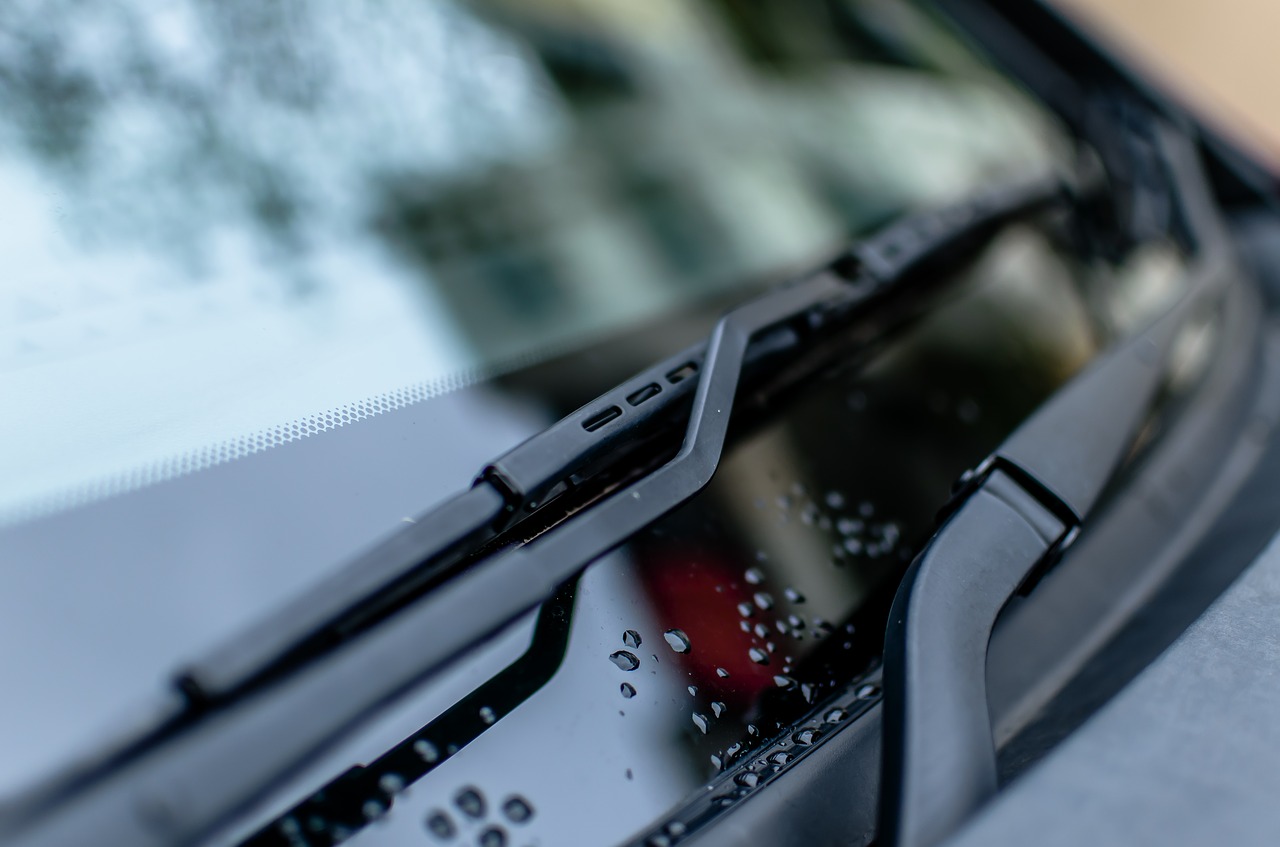During rainy weather, durable wiper blades are crucial, and Trico offers various options that will last a long time. If you’re looking for windshield wipers, many different types and styles are available.
Many modern vehicles offer automatic wiper blades. These blades turn on when it starts raining, then automatically adjust their speed to keep your windshield clear while driving. Doing so takes much of the guesswork out of adjusting your wiper blades to an appropriate speed, and they enable you to concentrate more on the road. In terms of luxury additions to a vehicle, automatic wipers are a fairly new kind of technology. In the future, such technology may become fairly standard for most cars rather than being reserved for luxury vehicles. The technology is particularly helpful in terms of promoting safety amid wet conditions.
The History of Automatic Wiper Blades
The first attempt to sell automatic wiper blades dates back to 1970, when Citroën introduced it in its SM luxury car. This ingenious system was based on the electrical current drawn from the wiper motor. When a wiper blade glides across a wet windshield, it does so smoothly and thus requires less energy. A control circuit in the SM uses this energy to move the wiper blades and determine whether rain is present and, if so, how much. The timing of the blade is adjusted accordingly. Overall, the Citroën SM was a rare car.
General Motors became the next company to spearhead the automatic wiper blade, which it introduced in 1996 in the DeVille, Eldorado, and Cadillac STS models. The system was introduced under the name Rainsense, which found its way into Buick models in the following year. The Rainsense design still exists, and it has not changed dramatically since it was initially introduced. The system consists of eight LED lights and light collectors on a sensor behind the rearview mirror. When it is not raining, the LED light bounces off the windshield and then enters the collectors. However, when a raindrop lands on the glass in front of the sensor, some of the light is refracted away from the collectors, which causes the wiper blades to begin swiping.
The Move to a More Modern Rain-Sensing System
When GM introduced Rainsense, it was considered cutting-edge technology. However, the people who used it sometimes experienced challenges. For example, fine mist and road spray would not often trigger the wipers. In addition, driving through a car wash could prove daunting, as the spray would trigger the sensors. Luckily, the technology has become much more sophisticated with faster processors and improved sensors that can more accurately determine the necessary wiper speed. Nowadays, these systems work nearly flawlessly, which can enable drivers to concentrate on other aspects while maintaining a clear line of vision. Cars often also have the option of turning the sensors off in order to avoid the complexities caused by car washes.
Improved sensors make it possible for cars to regulate the speed of the wipers. A sensor attached to the windshield operates through the use of infrared light. While infrared beams can pass through water droplets on the windshield, they are reflected back if no such droplets are present. The light that is reflected generates a voltage in the electronic module located near the windshield. When conditions are dry, more light is reflected, and the voltage is higher. When the voltage decreases, the wipers are activated. The timing of the wipers depends on the amount of water on the windshield. Some manufacturers have actually introduced a system that directly measures moisture levels.
Consider the Sensor Setup
In addition, it’s important to understand how automatic wiper blades work. Since the system depends on light refraction through the windshield, ensuring that the glass is clean inside and out is extremely important. Any kind of debris, ranging from bird droppings to splatter bugs, can lead to a malfunction. Also, you should be sure to inspect the glass closely for any kind of defects, such as chips, cracks, or nicks, since this will affect how light passes through it.
If your windshield itself appears to be in good condition, another aspect to consider is the sensor setup. The senor is usually situated right against the window behind the rearview mirror. You should check that it has not been knocked out of position and that it is firmly attached to the surface of the window. Some window adhesive could prove helpful. Next, you should make sure that the unit is receiving power, which could mean verifying that the vehicle’s battery has an adequate charge and that the wiring is in good condition. If you do not have a lot of experience with electrical wiring, it may make sense to visit a qualified mechanic.
